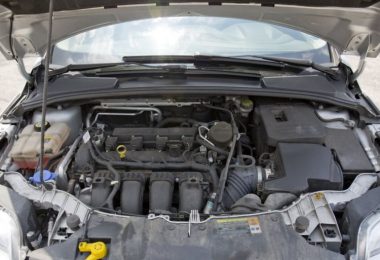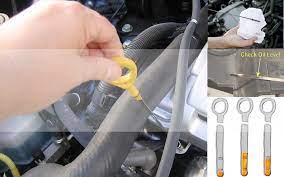
Symptoms of a bad battery is such that most car owners ignores. It’s easy to tell when your car is having problems, but figuring out the cause of those problems can be confusing. Do a quick search online, and you’ll find overlapping symptoms for bad batteries, starters, alternators, and a host of other engine-related issues in autoremedy365.com. We discuss complicated issues about your cars and their remedies.
Usually, a battery will die slowly and provide some advance notice. There are exceptions, of course, such as when an internal failure occurs as a result of a bad cell. When that happens, you’re likely not to have any warning signs and will find your car or in need of a jump every time you start it up. But for the majority of us, when our car batteries die – as they certainly will at some point – one or more of the following symptoms are usually present:
Dashboard Lights
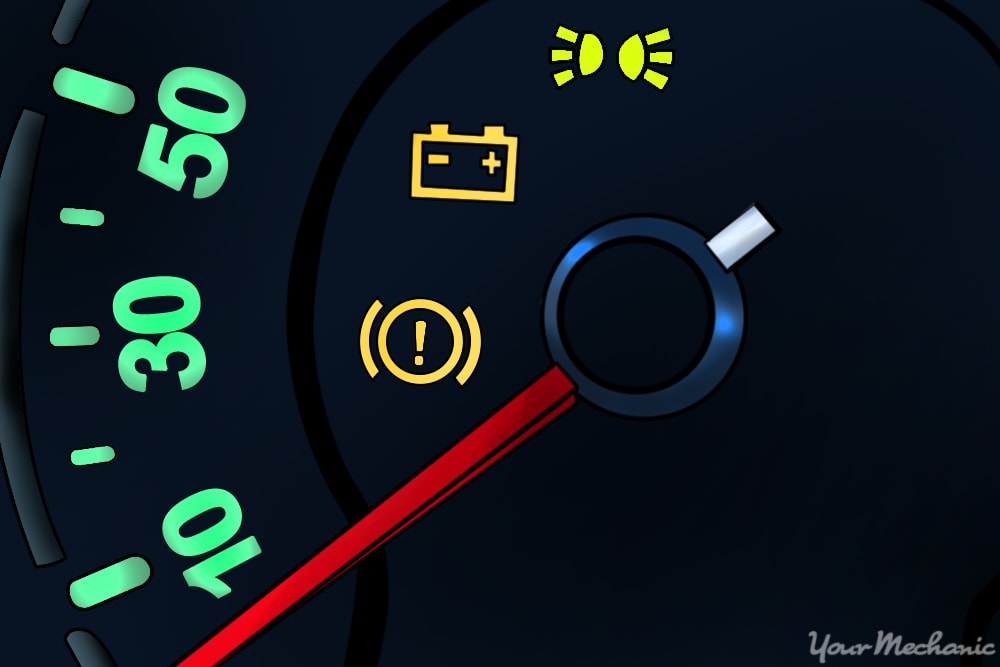
One of the most obvious bad battery signs is a warning light on the car’s dashboard. In some cars, the dashboard has an icon that looks like a battery, and it will light up if there’s a battery problem. In cars that don’t have a dedicated battery icon, the check engine light might come on. Either way, a dashboard light is a good sign that the driver should take the car to a mechanic to check out the problem–and possibly buy a new battery.
Engine Cranks, but Don’t Start
If your engine cranks or turns over when you turn the key, but it won’t start, I say the most likely culprit is your battery. It might be your starter, it might be something else, but 94% of the time, it’s really your battery, even if the car is cranking fairly vigorously. Even if an ammeter (current-measuring device) says the battery is good, it can still be a few volts shy of what your vehicle needs to run efficiently.
When you find yourself with a car that won’t crank hard enough to start, you’ll want to use jumper cables or a jump-starter box to gets it running again.
Once your car is running again, disconnect the cable, and then let your engine run for 20 minutes or more so that your alternator can charge up your battery again.
After that20 minutes or more, when you are stop at home or in a safe place, do a little test. After you turn the engine off, wait at least a minute, and then start it again. Wait another minute and start it another time or two to make sure that you won’t be stranded at the gas station or wherever you go next.
Note: At this point, most batteries will have charged themselves up from the running of the alternator and be fine for a day or two. Do not take that time for granted. Use it to hunt down a new battery and replace the old one before you end up stuck in the middle of nowhere.
No Crank, No Start, No Lights
The situation where no crank, no sign of start and no light at the dash board is straightforward evidence that can make diagnose easy. This situation is a stronger indication that your battery is at fault. Your battery powers all the accessories and lights in your car, especially when the alternator is not running. So, if your car just seems to be completely void of all signs of life, then your battery is the first thing you should be looking at.
Take note of this situation, where your vehicle doesn’t even have the juice to work the lights or turn over the engine, it could be a combination problem involving your alternator as well.
If the car won’t crank or start but the headlights do work, that may indicate a more interesting problem, maybe the kick-starter, solenoids or a mechanical problem in the engine.
Sluggish Start
If the car seems slow to start lately, this may be a sign of a battery problem. After all, the battery is responsible for producing the power necessary to start the car. If there is no enough power charge in the battery, the car is going to experience sluggish and prolong start. It’s possible it won’t start at all or can start but may not start next time. Therefore, adequate financial arrangement should be made for replaced as soon as possible. This is because the battery is bad.
Old Battery
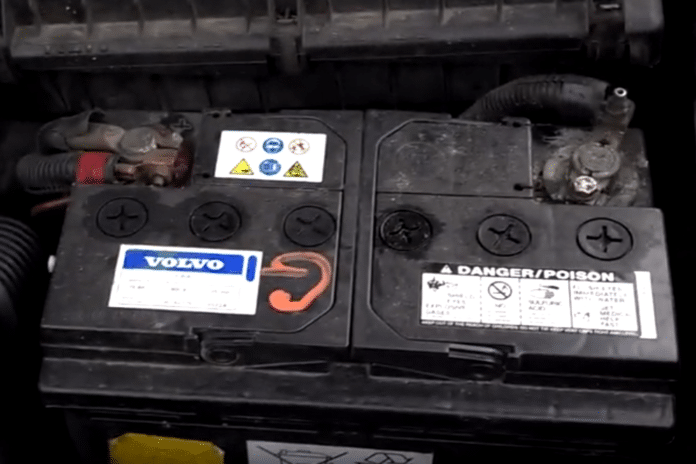
This seems obvious, but it’s worth mentioning. If your battery is more than a few years old, suspect that it may be nearing the end of its life. All parts wear out over time, and batteries are no different. Repeated cycles of discharging during starts, extreme temperatures (both cold and hot), and other factors all cause batteries to drain over time. Look for a round sticker that has a month and year on your battery if you don’t know when it was replaced last. A sticker that reads 09/15, for example, is living on borrowed time.
More Frequent Jump Starts
You know how you constantly charge your old phone? Car batteries are no different—as batteries age, they lose their ability to hold a charge as long. If you have an older battery that doesn’t seem to hold its charge as well, it’s probably time for a new one.
What about if your battery is new and requires jump starts? There are a couple of possibilities here. The first is the simplest: you have a battery that is prematurely wearing out. Check your warranty if testing the battery indicates replacement is needed.
Less commonly, there may be an electronic component in the car that draws a current even after the car is shut off. There are many sensors that operate in this way by design, but they don’t draw enough power to drain the battery. When a component such as a radio or light bulb remains on when they shouldn’t, then you’ll likely find your battery dead when you’re rushing out the door for work in the morning.
Heavy Corrosion or Film
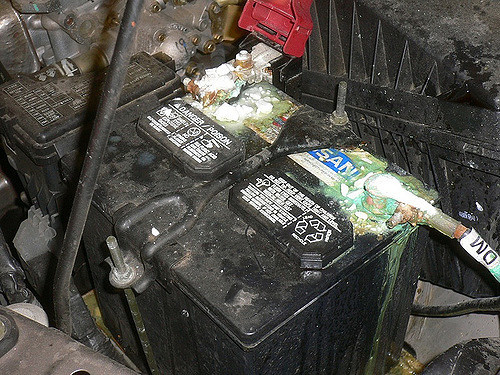
When was the last time you looked at your battery? If your engine is sluggish when you turn the key, open your bonnet and take a look at the battery terminals. If you see a lot of fluffy blue corrosion – usually at the positive terminal – or a clear film across the top of the battery case, your battery is giving off acidic fumes, or it’s leaking the actual battery acid. Both of these conditions create resistance between the battery and the cables, which lowers its voltage and its efficiency.
What you need to is to clean or wash your battery terminals with water or you use sand- pepper to sand-pepper the terminals. You probably will see improved performance, this corrosion may come back with time, and then you repeat the cure. Many professionals would advise replacing the battery, but autoremedy365 will advise you to embark on the cure and continue using your battery.
Therefore, above information are the symptoms of bad battery you should look out for in your car. We also mention some things you need to do so as to correct some fault in the battery.
Read more: Top 11 Common Car Problems and Causes



